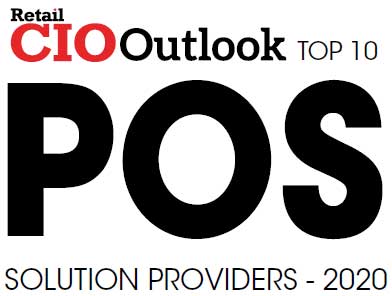E-commerce is rising to popularity and retailers are continuing to innovate.
FREMONT, CA: While the whole world is challenging Covid-19 in 2020, declining the legacy style of business, retailers are turning to e-commerce. Sources say that e-commerce has seen 129 percent year-over-year growth in the U.S and Canadian orders as of April, having a spectacular rise in all online retail orders. Most businesses have gone online to pick through the pandemic. Consequently, the U.S e-commerce sale is expected to hit $709.78 billion in 2020, up from $601.65 billion, since 2019, making the most significant jump in the e-commerce share of retail sales in a single year. 
With the Covid-19 pandemic, people are changing buying habits, and they are moving towards online shopping. This further accelerates the growth of the e-commerce industry, with more businesses joining the e-commerce business revolution in an unprecedented way.
Companies that previously clasped the e-commerce trends had experienced expansion in the middle of retail shrinking. According to a report of e-commerce, 2020 is expected to end with the global e-commerce sales touching to the figure of $ 4.2 trillion marks.
You might not see the cash flowing in once you hit publish on that new Shopify site. The competition is becoming precipitous with the quick changing of online shopper behavior.
The changing economy with emerging ecommerce trends is noticed by and attracts customers. Particularly, the trends experts are heading towards are the next.
Personalized Shopping Experiences
A recent Epsilon study found that 80% of customers have more purchasing interest when brands provide a personalized experience. Shoppers value the relationship with the brand and the businesses they frequent. Top e-commerce retailers are aware of the increasing interest in personalization and direct 2020 towards the full customized user experiences.
Companies are using data to serve content to the individual’s unique interests, for more enjoyable customer experience, and also gain a greater ROI.
Presence of Headless E-commerce Every Where
Headless e-commerce separates the user experience on the website frontline from the backend process. Because of average customer unawareness about the functioning of the website using the traditional headless method, this trend saves time and resources of businesses.
Prioritizing Mobile Optimization
In 2020, e-commerce industry leaders are aware of the rising utilization of mobile phones among shoppers and prioritizing the optimization of websites for mobile phone use.
Augmented reality
It is the next big thing in e-commerce with the possibility of completely transforming the industry.
See also: Top Advanced Materials Tech Companies in APAC
Read Also